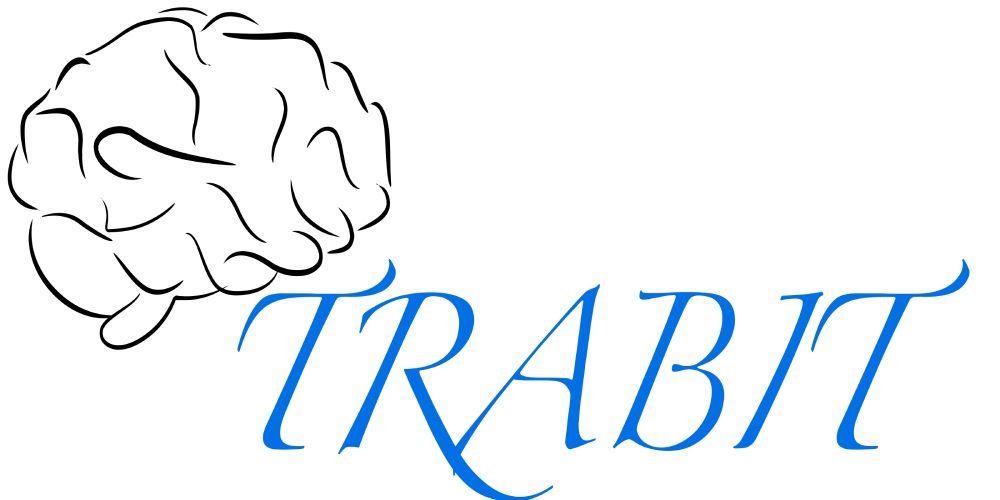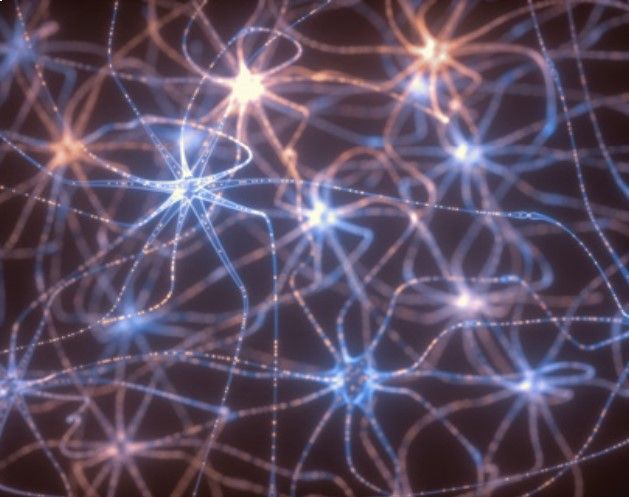Special Focus: Different career paths of the MSCA fellows - TRABIT or what happened to our brains
Newsletter
Time to check some of the aftermath of the project focused on brains and see what happened to the brains working on the project.

Introduction
By the end of every stage in one’s life, it is often tempting and sometimes necessary to reflect on what has happened, what was achieved and what should be anticipated. If you have ever been a part of a Marie Sklodowska-Curie consortium, you are probably no stranger to writing long (often very long) term plans and progress reports. Supposedly, they force you to look around your scientific timeline with an intention to help you see the path ahead more clearly (or, at least, I am trying to convince myself that is the intention).
What is TRABIT?
But let’s put reflection aside for a moment and start with what TRABIT actually is. The “Translational Brain Imaging Training Network” (TRABIT, trabit.eu) is an interdisciplinary and intersectoral joint effort of computational scientists, clinicians, and the industry in the field of neuroimaging. This is exactly the description you will find on our web-site. With the overall focus on the brain, the research was then performed in four directions: multiple sclerosis, brain tumors, fetal brain disorders, and stroke/neurovascular disease.
We were very lucky to have four training schools throughout the project, with the last one taking place just a couple of weeks before COVID entered the stage. The schools featured not only lectures from prominent researchers, but also such important topics as academic writing, time management in academia, entrepreneurship, etc. They have also allowed our PhD candidates (ESRs) to make new connections, start collaborations and plan their research secondments. Furthemore, during pandemic, TRABIT was able to organize an additional training school and a highly successful online conference (https://trabit-network.github.io/conference/). The conference featured progress presentations of the ESRs, and the state of each of the target fields was discussed at round tables between students and well experienced researchers.

At the time of writing this piece, six PhD students have already completed their work, were granted their doctoral degree and continued their path either in industry or academia, and are now continuing doing research in their new position.
[Only some] Success stories
Stefano Cerri, the first graduated TRABITer, says the following: “TRABIT courses and secondments have broadened my soft and hard skills; from improving my presentation and research collaboration skills to learning disparate topics not directly related to my PhD project that have deepened my knowledge in medical image analysis.” Stefano developed a contrast and scanner agnostic method for simultaneous brain structure and lesion segmentation, which was implemented in the widely used open-source FreeSurfer toolkit. Currently, Stefano is a postdoc fellow at the Athinoula A. Martinos Center for Biomedical Imaging in Boston.
Another graduate, Francesco La Rosa, also worked on multiple sclerosis and developed a deep learning approach for cortical lesion segmentation. Francesco is now a postdoctoral fellow at the Beck Laboratory at the Icahn School of Medicine at Mount Sinai. He started working with Erin Beck during his secondment at NIH and therefore it is thanks to TRABIT that he found this opportunity. Moreover, throughout the PhD, TRABIT courses and workshops helped him improve his scientific skills and networking with researchers from multiple institutions, which often led to fruitful collaborations.
The aforementioned researchers chose to pursue the academic path, but there are also examples of those who turned to industry. Thomas Yu defended his PhD after working on many topics related to solving inverse problems; particularly, he focussed on solving inverse problems related to magnetic resonance imaging (MRI). After graduation, Thomas has started a position as a research scientist in Siemens Healthineers in Switzerland, where he will work on deep learning reconstruction for MR images. In his own words: “Being part of TRABIT was valuable because it exposed me to the industry and the many different kinds of research within the consortium and allowed me to build a network/friendship with the fellow PhD students of the consortium”.
To sum up, TRABIT gave us skills, network, new opportunities, career prospects, nice peers as well as great time and nice memories.
This article would not be possible without the input from fellow TRABITers. Unfortunately, it was not possible to mention everyone, but the credits go to: Maria Ines Meyer, Francesco La Rosa, Stefano Cerri, Ivan Ezhov, Sveinn Pálsson, Daniel Krahulec, Luca Canalini, Lucas Fidon, Thomas Yu, Athena Taymourtash, Suprosanna Shit, Carmen Moreno Genis, Amnah Mahroo, Ezequiel de la Rosa.
Andrey Zhylka
MCAA Newsletter, Editorial Board
zhylka.ai@gmail.com
Twitter: @anjensonz